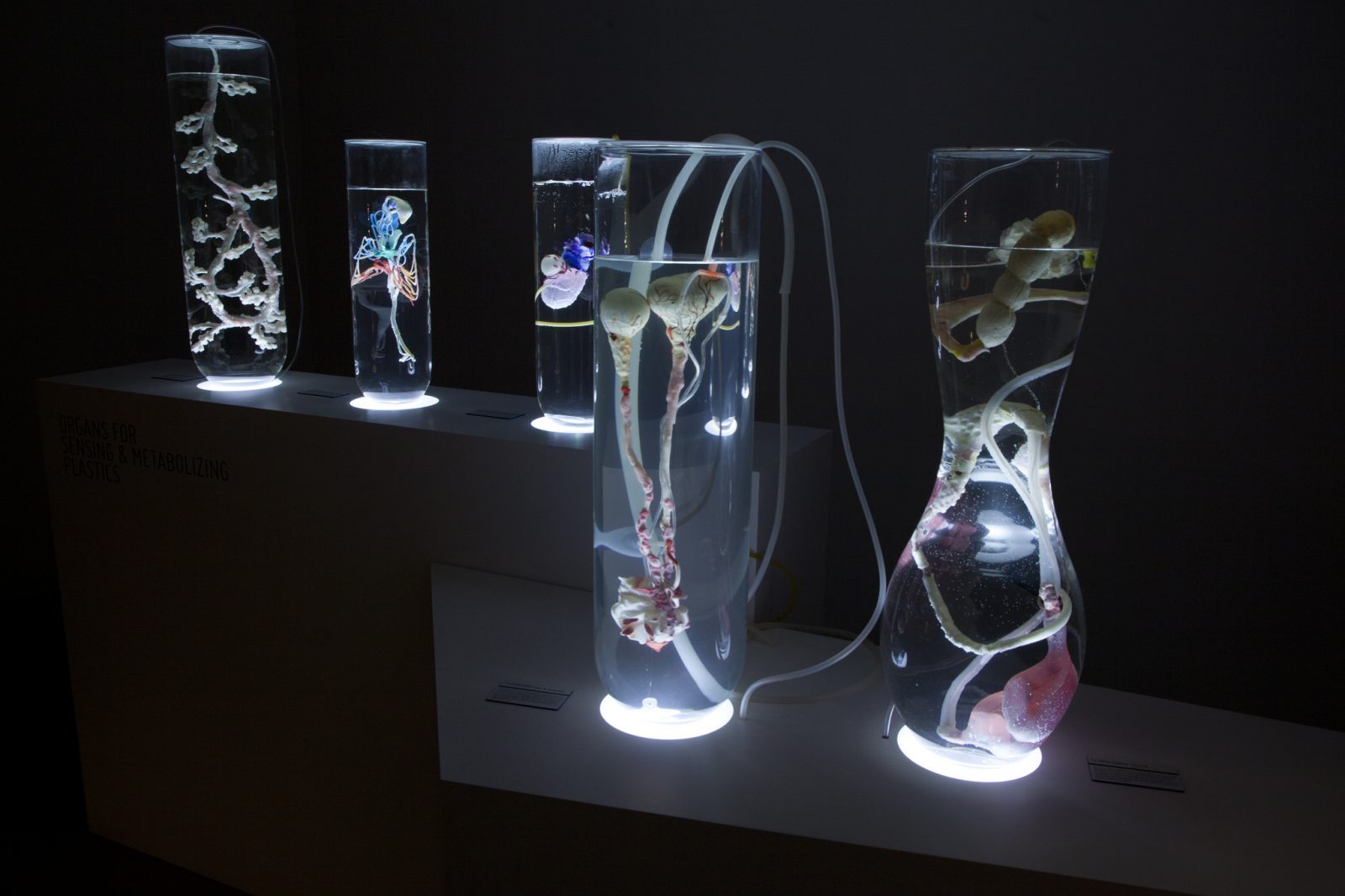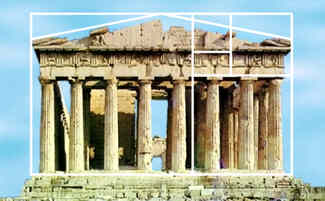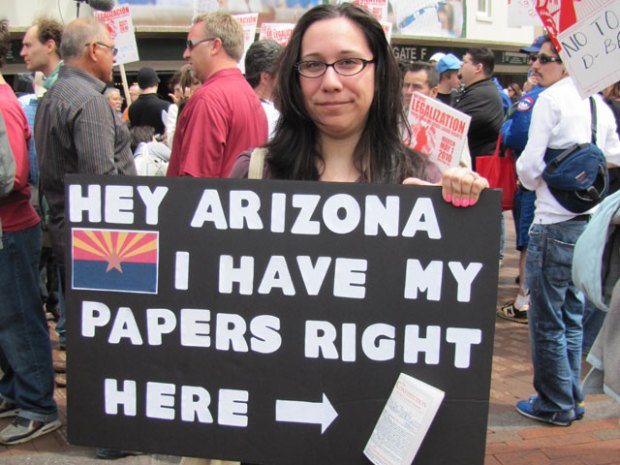 |
| Body modification taken to the extreme |
 |
| Cartoon exhibiting body dysmorphia |
 |
| Statistics on body dysmorphia |
Diseases like bulimia, anorexia, and body dysmorphia are more prevalent than ever in children, teenagers, and young adults. During these critical periods in life, people learn how to form friendships and how to fit in with their respective crowds. However, social broadcasting hinders people from thinking of themselves with utmost confidence. This lack of self confidence or a sense of ones' self lacking value can push people to the extreme and experiment with drugs to help obtain results.
Drugs like metabolism boosters, fat burners, and hormonal therapies are coincidentally trending higher in usage along with the increase in dysmorphic diseases. Which shows that these people are seeking out extreme methods to "cure" themselves from originality to become another idolized extreme physique in society.
These drugs ruin a person's internal homeostasis, and can have serious long term effects on health. But despite the risk, there is still a huge draw to having one of these extreme body types, and people will stop at nothing to make it their reality.
Sources
Brooks, Peter. "Pumping Iron Documentary - Arnold Schwarzenegger." YouTube. YouTube, 31 Dec. 2012. Web. 24 Apr. 2016.
Carvajal, Andres. "Body Dysmorphic Disorder." PositiveMed. 16 May 2014. Web. 24 Apr. 2016.
Diaz, Jesus. "Woman With Most Extreme Body Modifications Just Got Even More Extreme." Gizmodo. Allure Media, 4 Feb. 2015. Web. 24 Apr. 2016.
Retina, Melinda, M.D. "Diet Pills, Prescription Weight Loss Drugs, Appetite Suppressants." WebMD. WebMD, 04 Apr. 2016. Web. 24 Apr. 2016.
University of California, Los Angeles. "Why the Mirror Lies: Individuals with Body Dysmorphic Disorder See Their Own Faces Differently." Phys.org. 1 Feb. 2010. Web. 24 Apr. 2016.
UConlineprogram. "Medicine Pt3." YouTube. 22 Apr. 2012. Web. 24 Apr. 2016.



















